Landscape Lights In Houston: Can They Enhance Plants Growth?
Clients are often worried about the effects that this lighting might have on their landscape plants. To have a better understanding of how these types of lighting can affect the plants, it is important to first understand how plants utilize light. Light affects plant growth through its quality (color or wavelength of the light spectrum), irradiance (intensity), and duration of lighting. The light that is visible to the naked eye normally ranges from 380 to 760 nanometers (nm) in the wavelengths. The wavelength of 380 nm is the color that we identify as violet, while the color we identify as red is the wavelength of 760 nm. The wavelengths in between appear as the colors of the rainbow, the light spectrum.
Light regulates a majority of plant processes. For instance, blue light and red light, which are in the 400-450 nm and 625-700nm wavelengths respectively, are necessary for photosynthesis to take place. Phototropism, which is the tendency of plants to grow towards the light source, happens in the blue wavelength while photoperiodism happens in the red wavelengths. Plants are classified into three groups depending on photoperiod responses; long-day, short-day, and day-neutral. Short-day plants form flower buds only when a day length is less than a certain number of hours. Short-day plants are preferably referred to as long-night plants. Long-day plants are the type of plants that flower only after being exposed to light for periods longer than a certain critical length. Long-day plants can be preferably referred to as short-night plants. When it comes to day-neutral plants, their flowering isn’t controlled by photoperiod. When short-day plants are exposed to light for 24-hours, they will continue their vegetative growth, however, their flowering will be inhibited. On the other hand, long-day plants the extended exposure to light will induce the plants to flower earlier and continue to grow vegetatively. Day-neutral plants will continue their vegetative growth. What many people worry about landscape lighting is that plants will continue their vegetative growth late in the season. Due to this delayed growth, the plants won’t have the chance to properly harden off before the winter season and can suffer serious winter injury.
Some of the most widely used types of lighting include high-pressure sodium, incandescent, mercury vapor, and metal halide. Five sources of light were compared and their impact on delaying the flowering of short-day plants, promoting the vegetative growth of woody plants, and enhancing the flowering of long-day plants. The light sources were ranked from the most effective (lights able to enhance vegetative growth) to the least effective:
- Incandescent
- High-pressure Sodium
- Metal Halide
- Cool White Fluorescent
- Clear Mercury
From the results above, when it comes to landscape lighting, one would definitely want to say away from lights such as incandescent that enhance vegetative growth.
It is worth noting that incandescent lights emit all light wavelengths and they imitate natural sunlight. While Incandescent lighting is the cheapest light source, it is the most expensive to operate as it has a short lamp life and very low efficiency. Surprisingly, it is still the most sought-after kind of lighting for landscapes in residential properties. Metal Halide is a much more efficient type of lighting and has wavelengths in the blue-green-red region. Compared to mercury, it has better color emission, however, it isn’t as good as incandescent. Mercury vapor lamps produce light with wavelengths in the blue-green area which heightens the green color of plants. High-pressure sodium type of lighting is very efficient.
Don’t hesitate to give us a call or contact us today if you need professional help with your landscape lighting. Feel free to visit our blog for more related topics and articles.
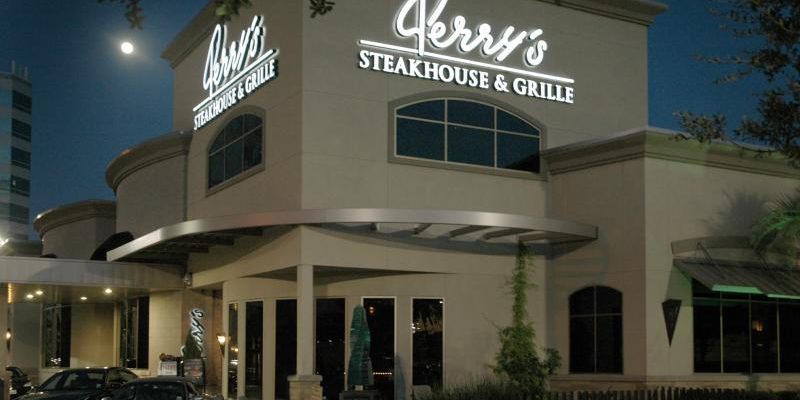

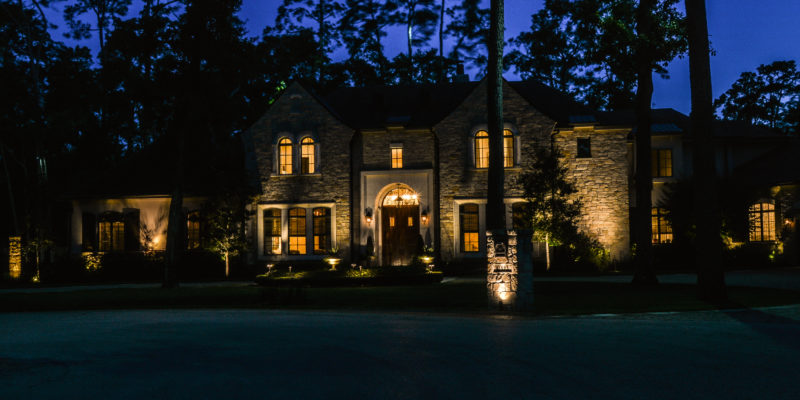
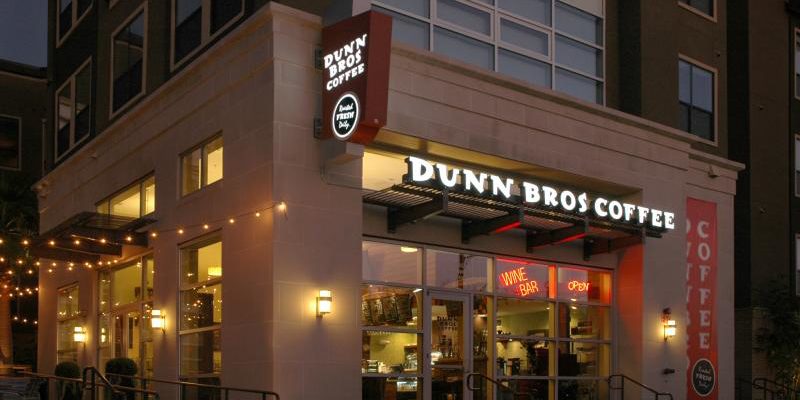
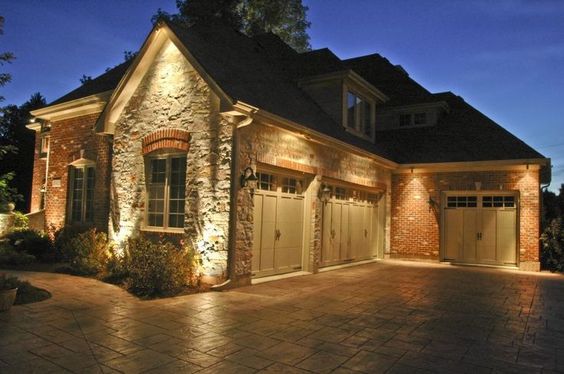
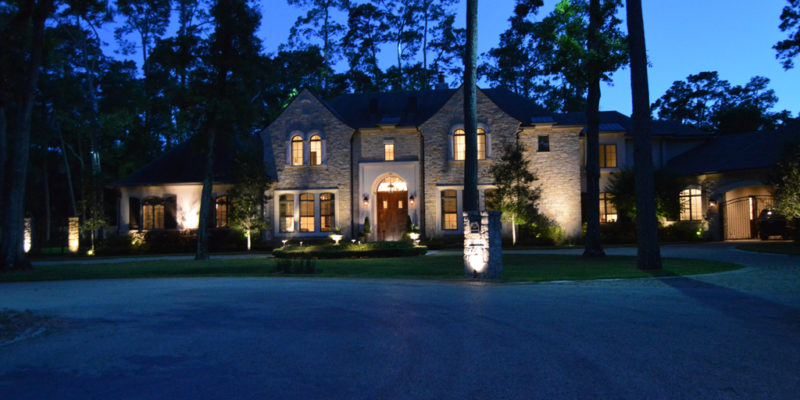
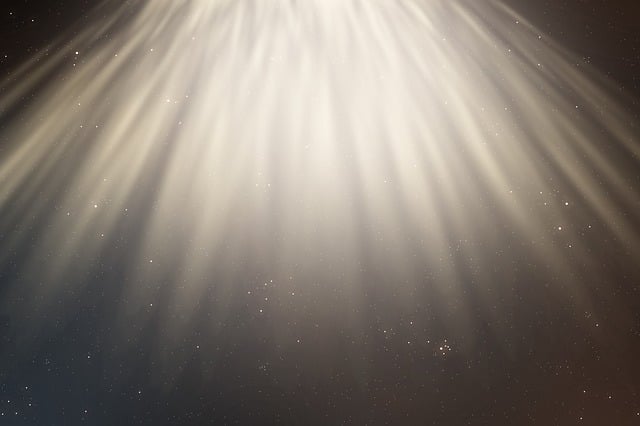 Wall Lamps: wall lamps are the best to provide diffused lighting in a territory, an immaculate expansion to the side of the house, and the most regularly utilized as a part of outside enlightenment. You should consider that if the terrace is a place you invest a great deal of energy, particularly in the hotter months, you need a choice that guarantees a lot of light, particularly when the sun goes down. Utilized inside, they are more used to spotlight divider works of art or installations, however outside; they serve as the primary light source. From a style viewpoint, play with geometric shapes and materials, going as negligible or as creative as you’d like.
Wall Lamps: wall lamps are the best to provide diffused lighting in a territory, an immaculate expansion to the side of the house, and the most regularly utilized as a part of outside enlightenment. You should consider that if the terrace is a place you invest a great deal of energy, particularly in the hotter months, you need a choice that guarantees a lot of light, particularly when the sun goes down. Utilized inside, they are more used to spotlight divider works of art or installations, however outside; they serve as the primary light source. From a style viewpoint, play with geometric shapes and materials, going as negligible or as creative as you’d like.